Danilla Enei, S. et als.
Cir. plást. iberolatinoam. vol.44, no.1. ene./mar. 2018. pp.13-17
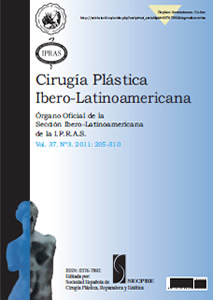
El recto abdominal es un músculo que consta, generalmente, de 3 inserciones tendinosas transversas. La lipoescultura de alta definición apunta a delinear la musculatura abdominal, sin embargo, una de sus dificultades es determinar mediante la anatomía de superficie el número de metámeros presentes.
En este artículo se describieron las variaciones en el número de metámeros del músculo recto del abdomen en la población chilena mediante análisis de tomografía computarizada de abdomen y pelvis, así como se determinó si existe un patrón para la marcación quirúrgica de los metámeros.
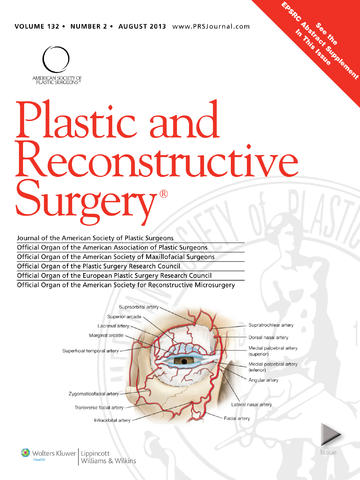 Despite rapid growth, gluteal fat transplantation is an operation in search of science and a teachable technique. Long operating times, tedious syringe transfers, inability to shape the recipient site, and the risk of fat embolism all headline as impediments to clinical adoption of the procedure. Expansion vibration lipofilling is a syringe-free surgical strategy that is a logical extension of Separation, Aspiration, and Fat Equalization (SAFELipo). In expansion vibration lipofilling, there is simultaneous disruption of recipient-site connective tissue, internal expansion using exploded-tip cannulas, and backfilling of these spaces with roller pump–propelled fat.
Despite rapid growth, gluteal fat transplantation is an operation in search of science and a teachable technique. Long operating times, tedious syringe transfers, inability to shape the recipient site, and the risk of fat embolism all headline as impediments to clinical adoption of the procedure. Expansion vibration lipofilling is a syringe-free surgical strategy that is a logical extension of Separation, Aspiration, and Fat Equalization (SAFELipo). In expansion vibration lipofilling, there is simultaneous disruption of recipient-site connective tissue, internal expansion using exploded-tip cannulas, and backfilling of these spaces with roller pump–propelled fat.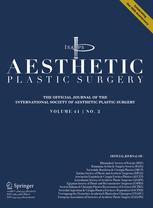 Liposuction is the most performed surgical procedure in Brazil and the second in the world. In recent years, new technologies have been developed in an attempt to improve liposuction, such as laser. The objective of this study is to evaluate the efficacy and safety of laser-assisted liposuction (LAL) compared to traditional liposuction through a systematic review of the literature.
Liposuction is the most performed surgical procedure in Brazil and the second in the world. In recent years, new technologies have been developed in an attempt to improve liposuction, such as laser. The objective of this study is to evaluate the efficacy and safety of laser-assisted liposuction (LAL) compared to traditional liposuction through a systematic review of the literature.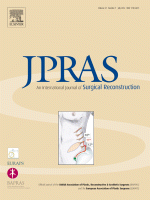 Numerous surgical techniques exist for gynaecomastia treatment. Although ultrasound-assisted liposuction (UAL) is thought to be more effective than conventional liposuction, to date there remains no objective and direct comparison of the two modalities. Hence, a comparative study was performed of a single surgeon’s experience over 13 years using two definitive parameters, namely intraoperative conversion to open excision and postoperative revisional surgery rates.
Numerous surgical techniques exist for gynaecomastia treatment. Although ultrasound-assisted liposuction (UAL) is thought to be more effective than conventional liposuction, to date there remains no objective and direct comparison of the two modalities. Hence, a comparative study was performed of a single surgeon’s experience over 13 years using two definitive parameters, namely intraoperative conversion to open excision and postoperative revisional surgery rates.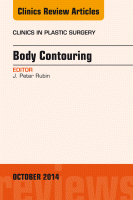 This patient safety article discusses strategies to prevent, diagnose, and manage complications from body contouring surgery. Preoperative, intraoperative, and postoperative approaches to avoiding, identifying, and treating complications are addressed. Individual complications, such as hematoma, seroma, infection, dehiscence, suture extrusion, deep venous thrombosis, and pulmonary embolism are discussed and a review of complication rates in the body contouring literature is provided. The article addresses procedure-specific complications and pearls to avoiding complications in these cases. Difficult problems such as skin relaxation and management of the disappointed patient are also discussed.
This patient safety article discusses strategies to prevent, diagnose, and manage complications from body contouring surgery. Preoperative, intraoperative, and postoperative approaches to avoiding, identifying, and treating complications are addressed. Individual complications, such as hematoma, seroma, infection, dehiscence, suture extrusion, deep venous thrombosis, and pulmonary embolism are discussed and a review of complication rates in the body contouring literature is provided. The article addresses procedure-specific complications and pearls to avoiding complications in these cases. Difficult problems such as skin relaxation and management of the disappointed patient are also discussed.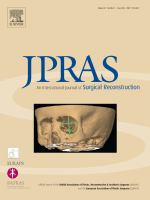 Persistent postsurgical pain (PPP) has been reported by patients following various surgeries. Body contouring procedures are being performed more frequently, but no data are available regarding the effects of these procedures. Long-term disability occurring after performing “functional” procedures on healthy subjects is a particular concern. The aim of this study was to describe the risk factors, prevalence, characteristics, and effects of persistent pain after body contouring procedures.
Persistent postsurgical pain (PPP) has been reported by patients following various surgeries. Body contouring procedures are being performed more frequently, but no data are available regarding the effects of these procedures. Long-term disability occurring after performing “functional” procedures on healthy subjects is a particular concern. The aim of this study was to describe the risk factors, prevalence, characteristics, and effects of persistent pain after body contouring procedures.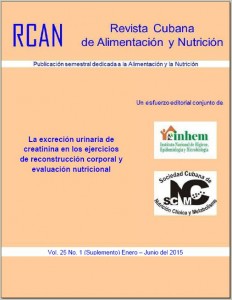

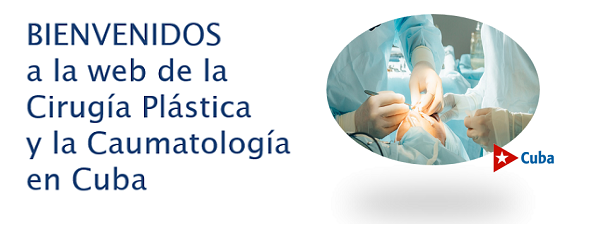

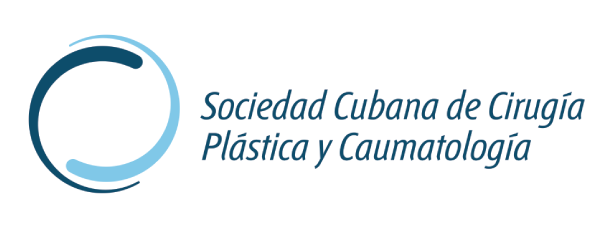
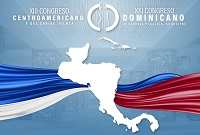
 Sitio web publicado el
Sitio web publicado el
Los lectores comentan